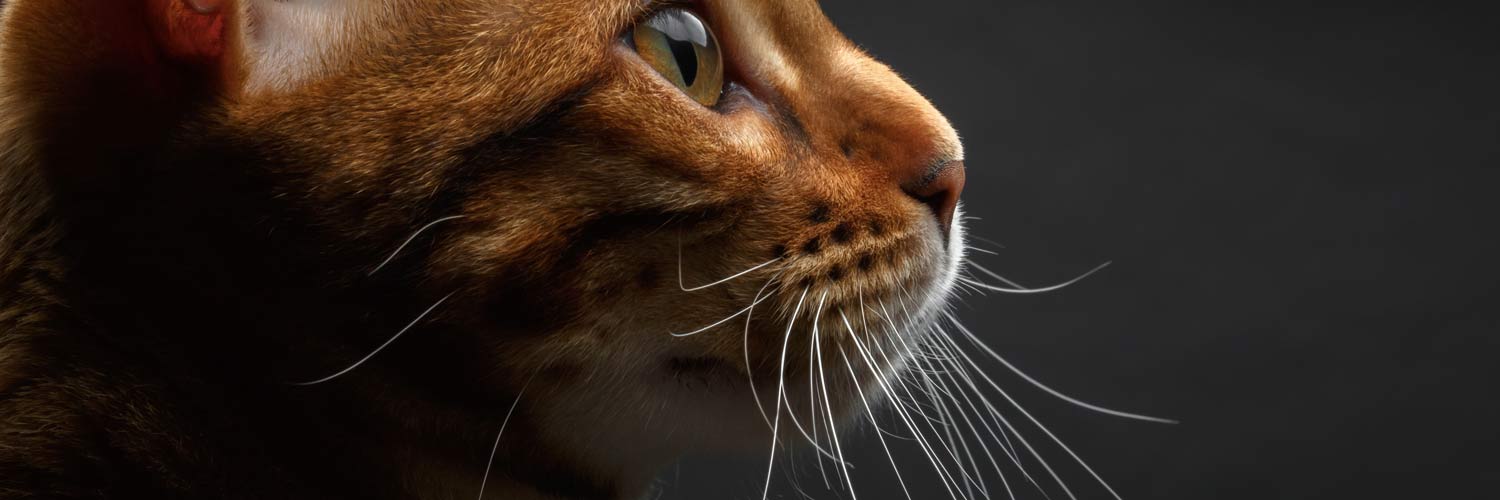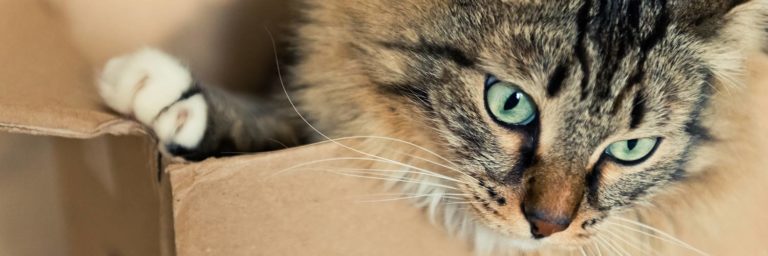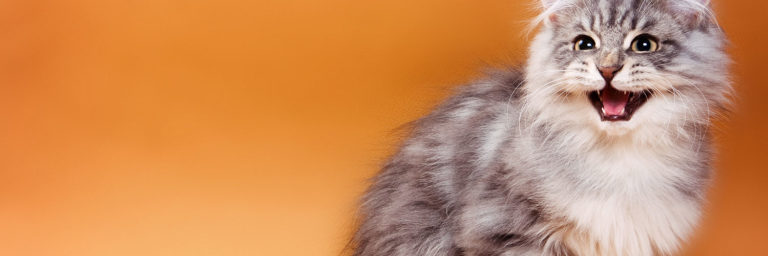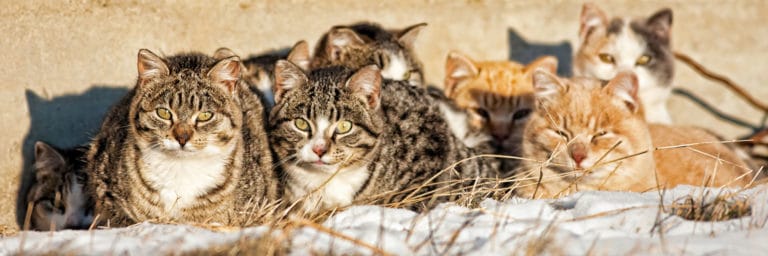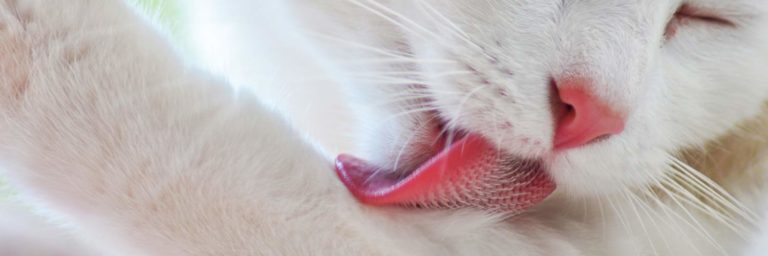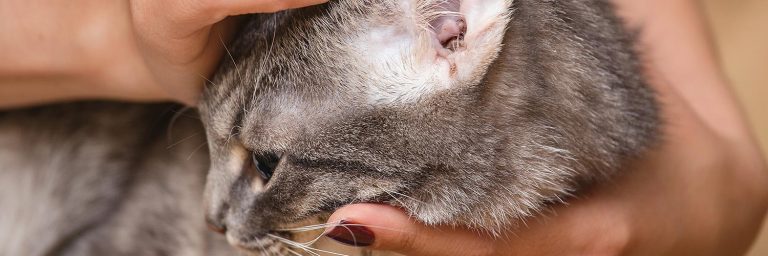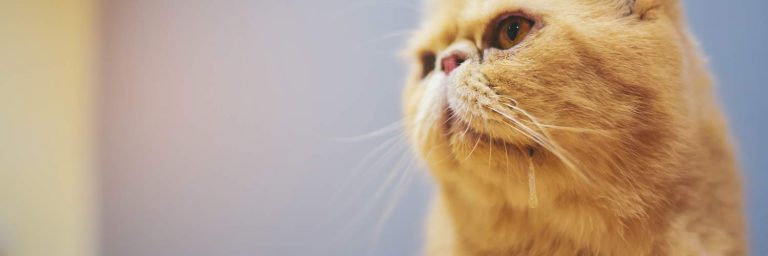Why Do Cats Have Whiskers?
Contents of Article
Lots of animals have whiskers: cats, hamsters, porcupines, dogs and even seals. While most animals use their whiskers for the same general reasons, cats rely pretty heavily on theirs.
If you haven’t taken a good look at your cat and their whiskers, you might be in for a surprise. You’ll notice how big they are, and also that they don’t just have whiskers on their face. They also have smaller ones above the eyes, along the jaw and on the back of their front legs.
So, why exactly do cats have whiskers?
Quick Answer…
In short, a cat’s whiskers help them to be aware of their surroundings. Whiskers are deeply embedded into a cat’s body, meaning they’re able to send signals to a cat’s nervous system. It helps them see in the dark, know whether or not they can fit into a tight space and get an idea of their surroundings.
Why Do Cats Have Whiskers?
As I mentioned above, whiskers help cats know where they’re going and if they’ll be able to squeeze into that tight little space. If you were always wondering how your cat knew they’d fit into that tiny spot without getting stuck, now you know — there is an actual system to it.
Before delving into the severe importance of a cat’s whiskers, I want to cover what whiskers actually are first.
What exactly is a whisker?
Whiskers, scientifically known as vibrissae, are long, thick tactile hairs, meaning they’re receptive to touch. When I say hairs, I don’t mean they’re similar to the hair on our heads or the fur of your cat. It’s more similar to our skin, and how it responds to touch or changes in the environment.
Cat’s whiskers are embedded deeply into their body and are connected to the muscular and nervous systems. Once a cat’s whiskers sense the surroundings, it sends signals directly to the nervous system so the cat knows how to respond to its environment.
How important are a cat’s whiskers?
A cat’s whiskers are incredibly important. They’re essentially a little “kitty radar” — whiskers can determine how far away an object is, where exactly it’s located and even the texture of it. Pretty amazing, right?
Whiskers also aide cats when they hunt prey (or chase toys), as they can detect changes in the air and motion of objects just by using their whiskers. All of this comes from the whiskers located on their face, and above their eyebrows.
The small whiskers located on the back of your cat’s front legs help them while climbing. Using these little whiskers, they’re able to make that perfect jump and stick the landing! I’ve seen my cats make some pretty daring jumps, but they always seem to calculate it perfectly.
Ultra-sensitive whiskers mean a cat is able to “see” in the dark. Their vision is better in low-light situations, however cats can’t see very well in total darkness. When it’s completely dark, they rely on whiskers to tell them where objects are and how to navigate a room.
With how incredibly important whiskers are to a cat’s daily life, you should never do anything to trim or cut off their whiskers.
What happens when you cut off a cat’s whiskers?
Cutting off a cat’s whiskers is like taking away their sense — similar to if you took away a human’s sense of touch. Some people think they might need to trim their cat’s whiskers, but this a huge misconception.
If you cut off your cat’s whiskers, they’ll likely feel disoriented and scared. Since whiskers help a cat to get a feel for their environment, this will completely be thrown off. Cats need their whiskers to remain the length they already are, and not to be messed with.
Their whiskers can also be sensitive. For example, it’s important for your cat’s food bowl to be wide and shallow so they aren’t pressing on their whiskers when trying to eat. If you notice your cat not wanting to eat, or grabbing food out of the bowl, it might be time to look for a different sized bowl.
Why are my cat’s whiskers falling off?
Typically a cat has 12 whiskers on each side of their face, for a total of 24, and it’s totally normal for them to shed.
I have actually picked up one of my cat’s fallen whiskers and wondered what on Earth it was until I realized — their whiskers fall out! This is perfectly normal — it’s not strange to see your cat’s shed whisker or two. Just like hair, their whiskers will shed and grow back. It doesn’t happen all at once, and it’s really only noticeable if you see the shed whisker laying somewhere obvious.
Why Cat’s Whiskers Are So Incredible
The more I researched how important cat’s whiskers are to them, the more I became amazed at how these thick hairs play a part in almost every moment of a cat’s life. I have one cat that’s a Maine Coon mix — one of the largest breeds of cats. I always wondered why his whiskers were so huge, until I found out a cat’s whiskers are as wide as their body, and he’s definitely a big cat.
Cat’s whiskers also act as an indicator to their mood: a relaxed cat will have relaxed whiskers, while a tense cat will have its whiskers pushed back against their face. If your cat is excited, or in “play mode”, their whiskers might be pushed forward, ready to sense any sudden movements.
The width of a cat’s whiskers are what help them determine if they can fit into a narrow space. When their whiskers touch certain surfaces, they’re able to determine what kind of material and texture it is. If the breeze changes, a cat’s whiskers will pick up on it. If their prey moves, it changes the air current, and cats are able to detect where the motion came from — all with just their whiskers!
Whiskers serve as an invaluable tool to cats, and are just one of the many features that make cats such unique creatures.

